-
 Bitcoin
Bitcoin $116400
-0.36% -
 Ethereum
Ethereum $4033
3.40% -
 XRP
XRP $3.302
-1.26% -
 Tether USDt
Tether USDt $1.000
-0.02% -
 BNB
BNB $796.1
1.67% -
 Solana
Solana $177.8
1.89% -
 USDC
USDC $0.9999
0.00% -
 Dogecoin
Dogecoin $0.2314
4.09% -
 TRON
TRON $0.3381
0.14% -
 Cardano
Cardano $0.7989
1.22% -
 Stellar
Stellar $0.4496
-1.84% -
 Chainlink
Chainlink $20.42
9.42% -
 Hyperliquid
Hyperliquid $41.17
0.88% -
 Sui
Sui $3.914
3.77% -
 Bitcoin Cash
Bitcoin Cash $584.7
1.52% -
 Hedera
Hedera $0.2632
-0.54% -
 Avalanche
Avalanche $24.09
3.40% -
 Ethena USDe
Ethena USDe $1.001
-0.02% -
 Litecoin
Litecoin $123.2
1.33% -
 Toncoin
Toncoin $3.318
-0.04% -
 UNUS SED LEO
UNUS SED LEO $8.984
-0.05% -
 Shiba Inu
Shiba Inu $0.00001323
2.85% -
 Uniswap
Uniswap $10.90
4.41% -
 Polkadot
Polkadot $3.999
3.34% -
 Dai
Dai $1.000
0.01% -
 Cronos
Cronos $0.1630
9.64% -
 Bitget Token
Bitget Token $4.484
0.82% -
 Monero
Monero $272.4
2.44% -
 Pepe
Pepe $0.00001173
6.03% -
 Aave
Aave $290.8
2.88%
How to view asset details on Gate.io?
To manage your Gate.io assets effectively, log in securely, navigate to the 'Assets' section, and review detailed views including available, locked, and total balances, plus transaction history.
Mar 31, 2025 at 09:56 am
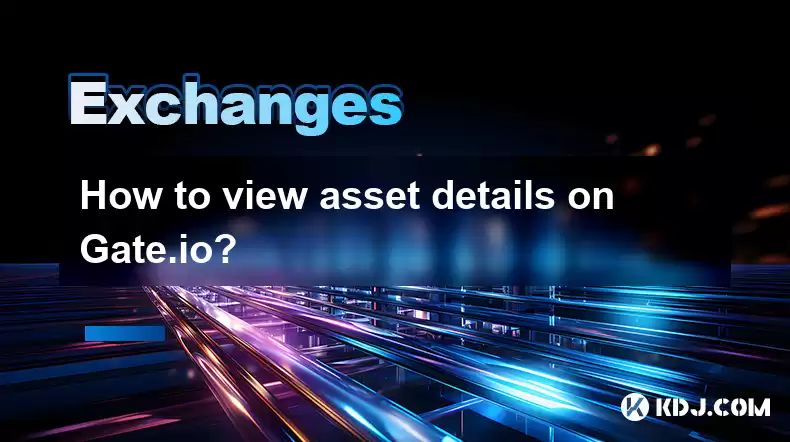
Understanding Your Gate.io Assets
Gate.io, a prominent cryptocurrency exchange, offers a range of tools to manage and understand your digital assets. Knowing how to view detailed information about your holdings is crucial for effective portfolio management and informed trading decisions. This guide will walk you through the process of accessing and interpreting this critical data.
Accessing Your Gate.io Account
Before you can view asset details, you need to access your Gate.io account. This requires logging in using your registered email address and password. Ensure you're using a secure connection to prevent unauthorized access. Once logged in, you'll be presented with your account dashboard. Navigation is generally intuitive, but the specific layout might change slightly with updates.
Locating the Asset Overview
Your Gate.io account dashboard usually provides a summary of your assets. This overview typically shows a list of your cryptocurrencies, along with their current balances. However, this is only a high-level view. To delve into more detailed information, you'll need to navigate to a dedicated section. This section might be labeled "Assets," "Portfolio," or something similar, depending on the current interface design.
Navigating to Detailed Asset Information
Once you've found the main asset section, you should see a list of your holdings. Each cryptocurrency will likely be represented by its ticker symbol (e.g., BTC, ETH, etc.) and its current balance. To view detailed information for a specific asset, you'll typically need to click on the asset's name or its ticker symbol. This action will typically open a new page or a detailed view within the existing page.
Understanding the Detailed Asset View
The detailed asset view will present a more comprehensive picture of your holdings. This usually includes:
- Available Balance: The amount of cryptocurrency you can currently trade or withdraw.
- Locked Balance: The amount of cryptocurrency currently involved in ongoing transactions, such as pending orders or staking activities. This balance is unavailable for immediate use.
- Total Balance: The sum of your available and locked balances. This represents your overall holding of that specific cryptocurrency.
- Transaction History: A record of all your past transactions involving that specific asset, including deposits, withdrawals, trades, and any other relevant activities. This history can be crucial for tax reporting and auditing purposes.
- Deposit and Withdrawal Addresses: The addresses you can use to send and receive that specific cryptocurrency. It's crucial to double-check these addresses before making any transactions. Incorrect addresses can lead to irreversible loss of funds.
Viewing Transaction History in Detail
The transaction history section is particularly important. Each transaction entry usually includes:
- Transaction ID: A unique identifier for each transaction.
- Date and Time: When the transaction occurred.
- Type of Transaction: Deposit, withdrawal, trade, etc.
- Amount: The quantity of cryptocurrency involved in the transaction.
- Fee: Any fees associated with the transaction.
- Status: The status of the transaction (e.g., completed, pending, failed).
Understanding Different Asset Types
Gate.io supports a wide variety of cryptocurrencies and tokens. The detailed asset view might also provide additional information specific to certain asset types. For example, if you are holding a token that is involved in a staking program, the details might include information about your staking rewards and the duration of your staking period.
Utilizing Gate.io's Support Resources
If you encounter any difficulties viewing your asset details or understanding the information provided, Gate.io offers various support resources. These typically include a comprehensive FAQ section, email support, and potentially a live chat option. Utilizing these resources can help you resolve any issues quickly and efficiently. Remember to always prioritize security and double-check all information before initiating any transactions.
Security Considerations When Viewing Asset Details
Always ensure you're accessing your Gate.io account from a secure device and network. Avoid using public Wi-Fi or unsecured connections when managing your cryptocurrency holdings. Regularly review your account activity to detect any suspicious transactions. If you suspect any unauthorized access, contact Gate.io support immediately. Enable two-factor authentication (2FA) for an added layer of security.
Frequently Asked Questions
Q: What if I can't find a specific asset in my Gate.io account?
A: Double-check the spelling of the asset's ticker symbol. If you still can't find it, ensure you correctly deposited the asset into the correct Gate.io deposit address for that specific cryptocurrency. If you deposited to the wrong address, recovery may be difficult or impossible. Contact Gate.io support if necessary.
Q: What does "locked balance" mean?
A: Locked balance refers to the amount of cryptocurrency currently unavailable for trading or withdrawal because it's involved in an ongoing transaction, such as a pending order or a staking program. Once the transaction or staking period is complete, the funds will become available.
Q: How can I download my transaction history?
A: Gate.io usually provides options to download your transaction history in various formats (e.g., CSV, PDF). Look for a download button or option within the detailed asset view or your account settings. This downloaded history is useful for tax purposes and personal record-keeping.
Q: What should I do if I see a suspicious transaction in my history?
A: Immediately contact Gate.io support and report the suspicious activity. Change your password and enable 2FA if you haven't already. Be prepared to provide details about the transaction and any other relevant information to assist with the investigation.
Q: How often are asset balances updated?
A: Asset balances are typically updated in real-time or very near real-time, reflecting the current market conditions and your transactions. However, there might be slight delays depending on network congestion.
Q: Are there any fees associated with viewing asset details?
A: No, there are generally no fees associated with viewing your asset details on Gate.io. Fees are typically only incurred when making deposits, withdrawals, or executing trades.
Disclaimer:info@kdj.com
The information provided is not trading advice. kdj.com does not assume any responsibility for any investments made based on the information provided in this article. Cryptocurrencies are highly volatile and it is highly recommended that you invest with caution after thorough research!
If you believe that the content used on this website infringes your copyright, please contact us immediately (info@kdj.com) and we will delete it promptly.
- Shiba Inu (SHIB) in the Crypto Landscape: Community, Trends, and Future Outlook
- 2025-08-09 20:30:12
- Solana, Unilabs, and Social Trends: Decoding the Crypto Buzz
- 2025-08-09 21:10:12
- Dogecoin, Meme Coins, and Layer Brett: Chasing the Next 100x
- 2025-08-09 20:50:12
- Crypto Presales in 2025: Are They Set to Outperform Launches?
- 2025-08-09 20:55:15
- Solana, Cardano, and Shiba Inu: Navigating the Crypto Landscape Beyond the Hype
- 2025-08-09 21:15:27
- Lasers in Modern Warfare: Iron Beam and the Future of Defense
- 2025-08-09 20:30:12
Related knowledge
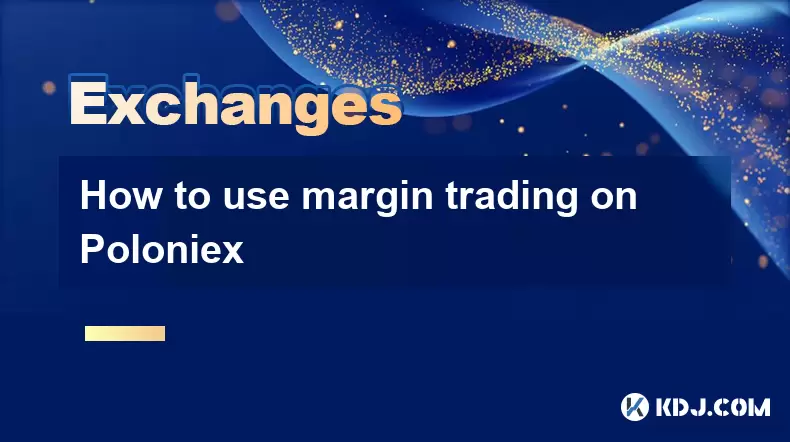
How to use margin trading on Poloniex
Aug 08,2025 at 09:50am
Understanding Margin Trading on Poloniex
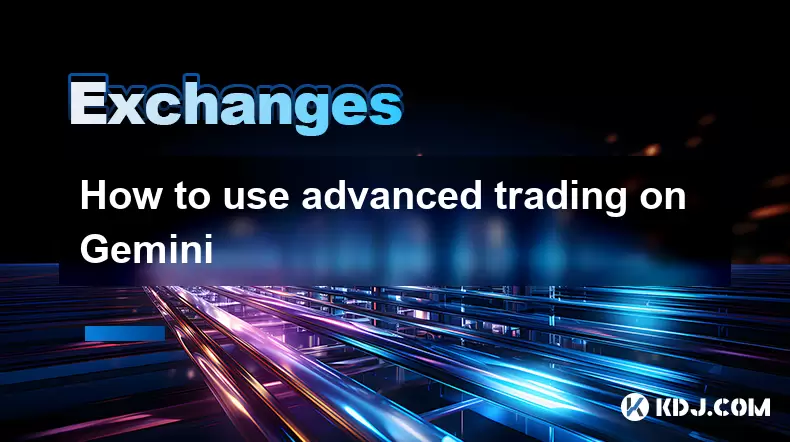
How to use advanced trading on Gemini
Aug 08,2025 at 04:07am
Understanding Advanced Trading on GeminiAdvanced trading on Gemini refers to a suite of tools and order types designed for experienced traders who wan...
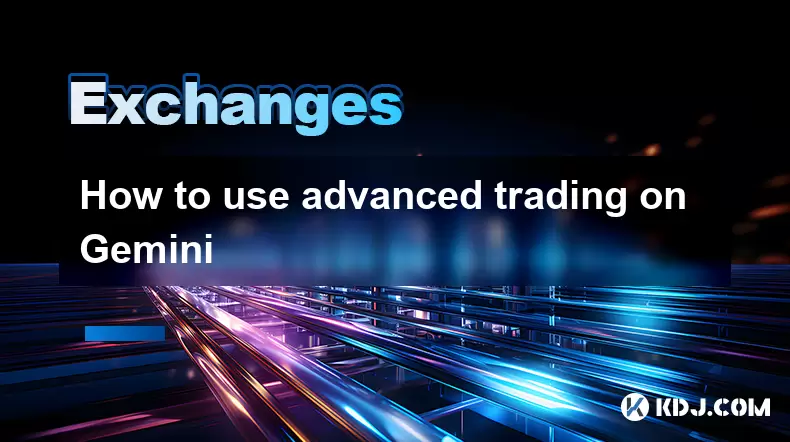
How to use advanced trading on Gemini
Aug 08,2025 at 10:56pm
Understanding Advanced Trading on GeminiAdvanced trading on Gemini refers to the suite of tools and order types available on the Gemini ActiveTrader p...
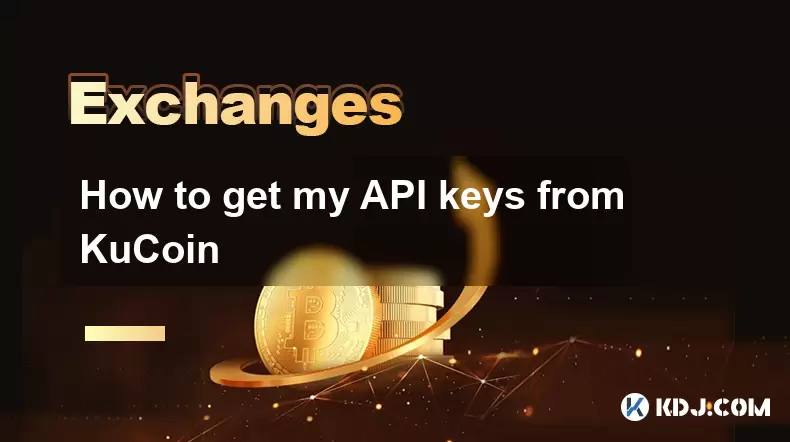
How to get my API keys from KuCoin
Aug 08,2025 at 06:50pm
Understanding API Keys on KuCoinAPI keys are essential tools for users who want to interact with KuCoin's trading platform programmatically. These key...
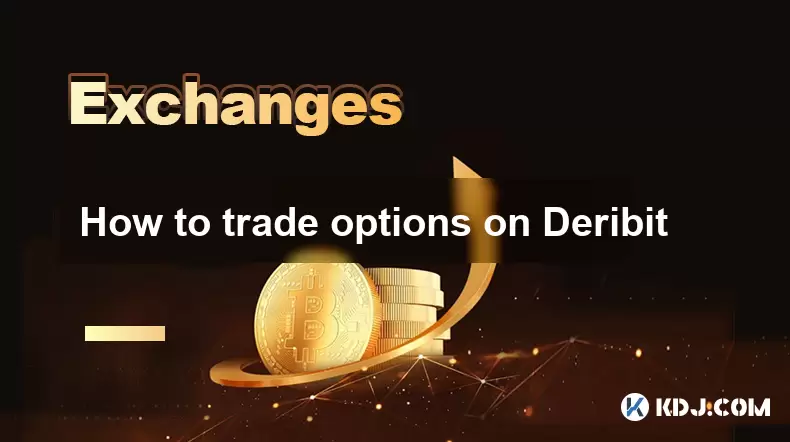
How to trade options on Deribit
Aug 09,2025 at 01:42am
Understanding Deribit and Its Options MarketDeribit is a leading cryptocurrency derivatives exchange that specializes in Bitcoin (BTC) and Ethereum (E...
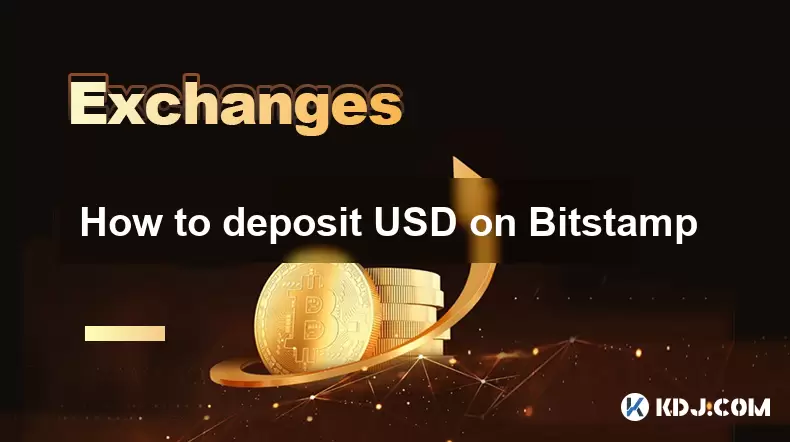
How to deposit USD on Bitstamp
Aug 07,2025 at 05:18pm
Understanding Bitstamp and USD DepositsBitstamp is one of the longest-standing cryptocurrency exchanges in the industry, offering users the ability to...

How to use margin trading on Poloniex
Aug 08,2025 at 09:50am
Understanding Margin Trading on Poloniex

How to use advanced trading on Gemini
Aug 08,2025 at 04:07am
Understanding Advanced Trading on GeminiAdvanced trading on Gemini refers to a suite of tools and order types designed for experienced traders who wan...

How to use advanced trading on Gemini
Aug 08,2025 at 10:56pm
Understanding Advanced Trading on GeminiAdvanced trading on Gemini refers to the suite of tools and order types available on the Gemini ActiveTrader p...

How to get my API keys from KuCoin
Aug 08,2025 at 06:50pm
Understanding API Keys on KuCoinAPI keys are essential tools for users who want to interact with KuCoin's trading platform programmatically. These key...

How to trade options on Deribit
Aug 09,2025 at 01:42am
Understanding Deribit and Its Options MarketDeribit is a leading cryptocurrency derivatives exchange that specializes in Bitcoin (BTC) and Ethereum (E...

How to deposit USD on Bitstamp
Aug 07,2025 at 05:18pm
Understanding Bitstamp and USD DepositsBitstamp is one of the longest-standing cryptocurrency exchanges in the industry, offering users the ability to...
See all articles

























































































